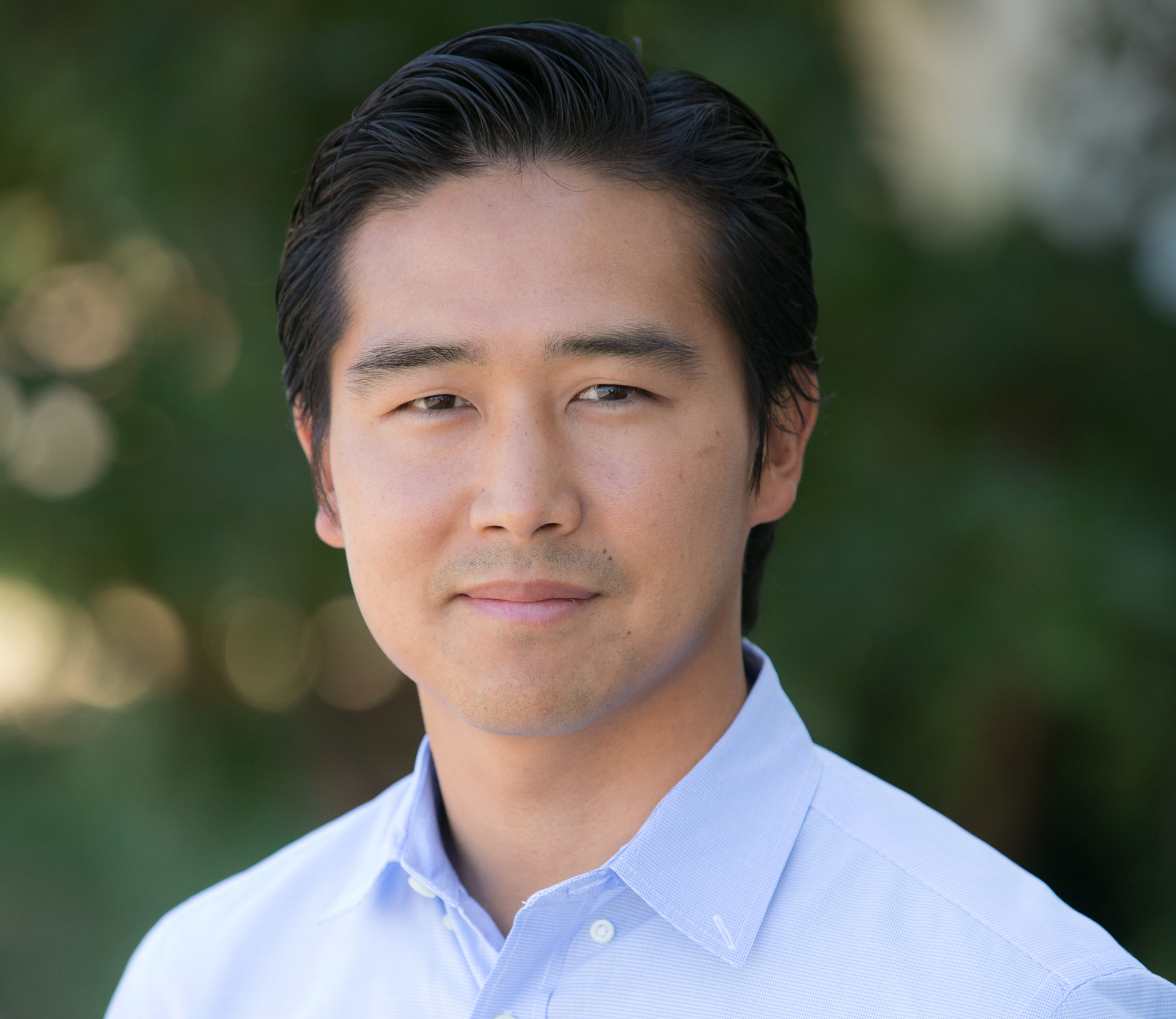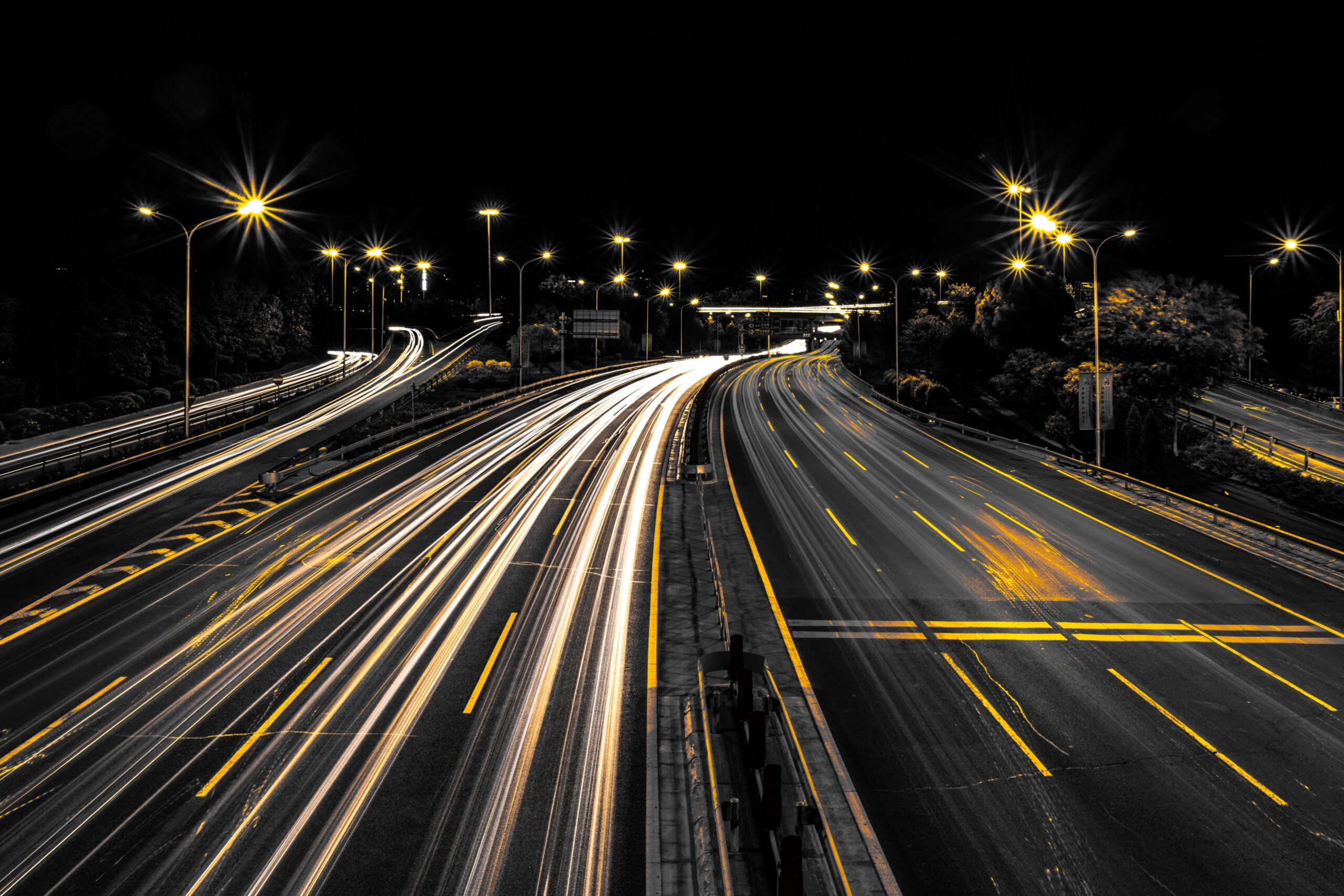 As a FUSE executive fellow, Michael Lim helped Los Angeles develop a business plan that addressed the need for investment in autonomous vehicles and the infrastructure to support them. Since his fellowship, Michael has co-founded Xtelligent, a transportation technology venture developing Cooperative Intelligent Transport Systems that use traffic signal technology to govern movement, including of connected and automated vehicles, to improve transportation system energy efficiency, reduce greenhouse gas emissions, and improve the livability of cities. In addition to venture funding, Xtelligent recently received federal funding, including $1.3 million from the U.S. Departments of Energy and Transportation.
As a FUSE executive fellow, Michael Lim helped Los Angeles develop a business plan that addressed the need for investment in autonomous vehicles and the infrastructure to support them. Since his fellowship, Michael has co-founded Xtelligent, a transportation technology venture developing Cooperative Intelligent Transport Systems that use traffic signal technology to govern movement, including of connected and automated vehicles, to improve transportation system energy efficiency, reduce greenhouse gas emissions, and improve the livability of cities. In addition to venture funding, Xtelligent recently received federal funding, including $1.3 million from the U.S. Departments of Energy and Transportation.
How did the FUSE fellowship impact you?
I gained tangible experience and insight into how city governments work, especially within the transportation infrastructure space. The insights and needs that I identified for Los Angeles during my fellowship have directly resulted in my committing full time to my transportation technology venture, which will help cities improve their road infrastructure and fight pollution, improve livability, and prepare for new technologies, such as connected and automated vehicles.
What are you working on now?
I’m currently leading Xtelligent through the commercialization process in partnership with the Department of Energy, as well as automotive, data, and city partners. More specifically, we’re working on a regional project in Southern California that is tied to preparation for the Los Angeles 2028 Olympics. We’re also working to improve freight movement throughout the region, because it disproportionately produces vehicle pollutants, which disproportionately impact disadvantaged neighborhoods and communities of color in Southern California.
What are you hoping to achieve in the next 6 to 12 months?
We hope to finalize some R&D work in partnership with multiple federal researchers, automotive, and data partners to demonstrate that intelligent transportation infrastructure can have a meaningful impact on improving city sustainability, optimizing goods and people movement, and fighting climate change.
In one example, the latest research conducted by our partner, the Argonne National Laboratory, shows our technology has the potential to reduce energy usage of vehicles by more than 15 percent, which is significant knowing that the transportation industry is the number one emitter of greenhouse gases. To put this into context, major automotive OEMs have spent billions to enable low, single-digit energy efficiency gains in their vehicles. In one fell swoop, we can potentially improve this by more than 10 times.
